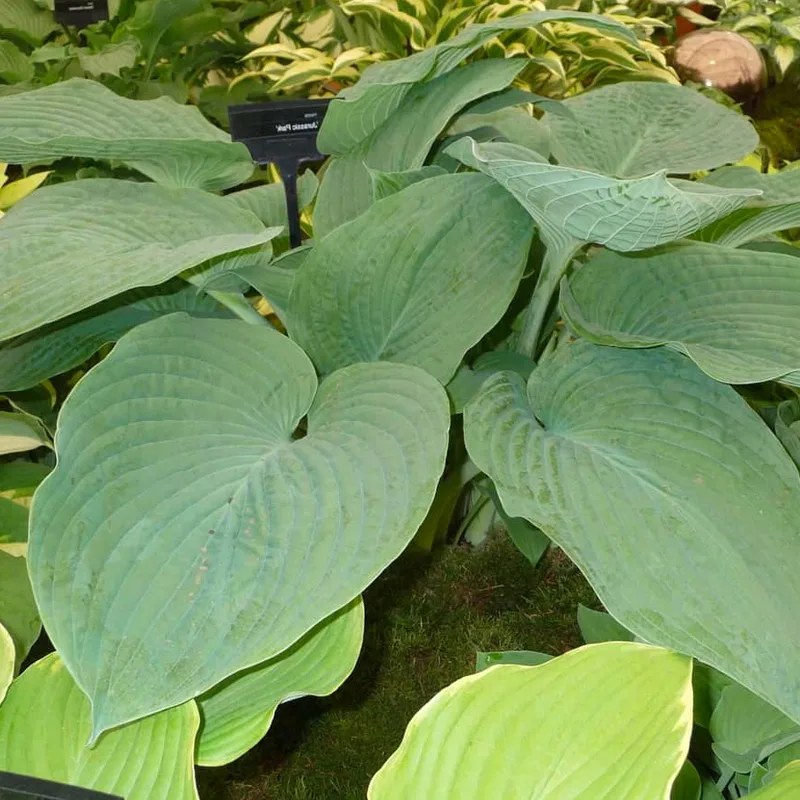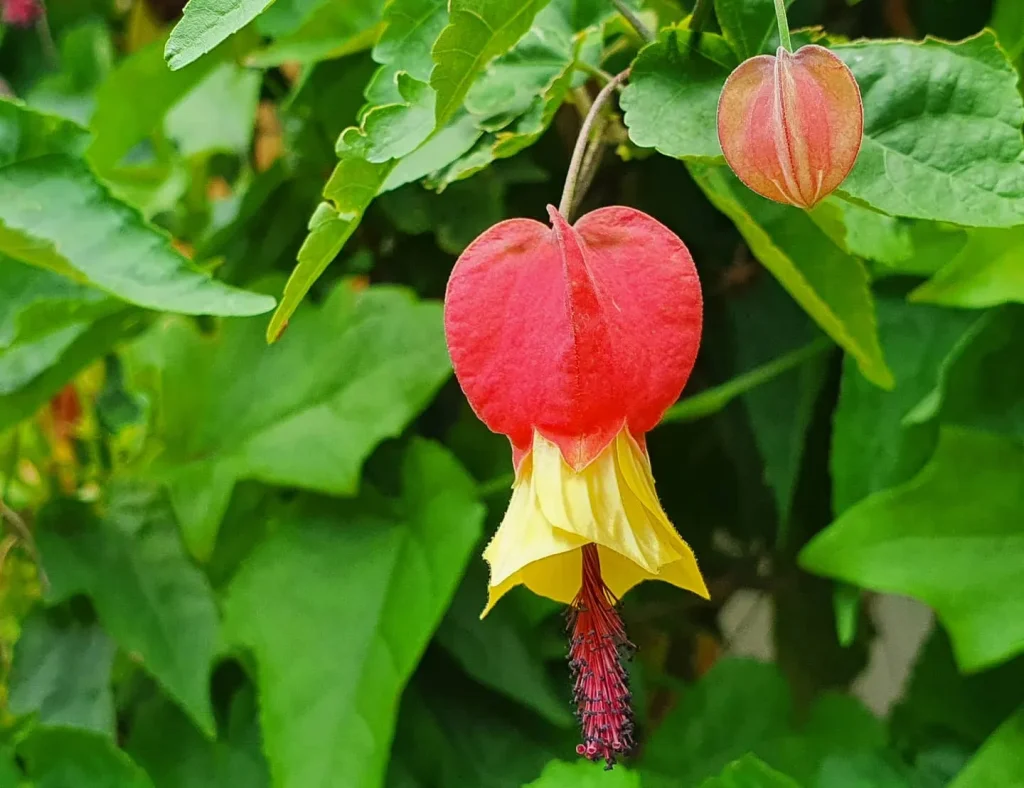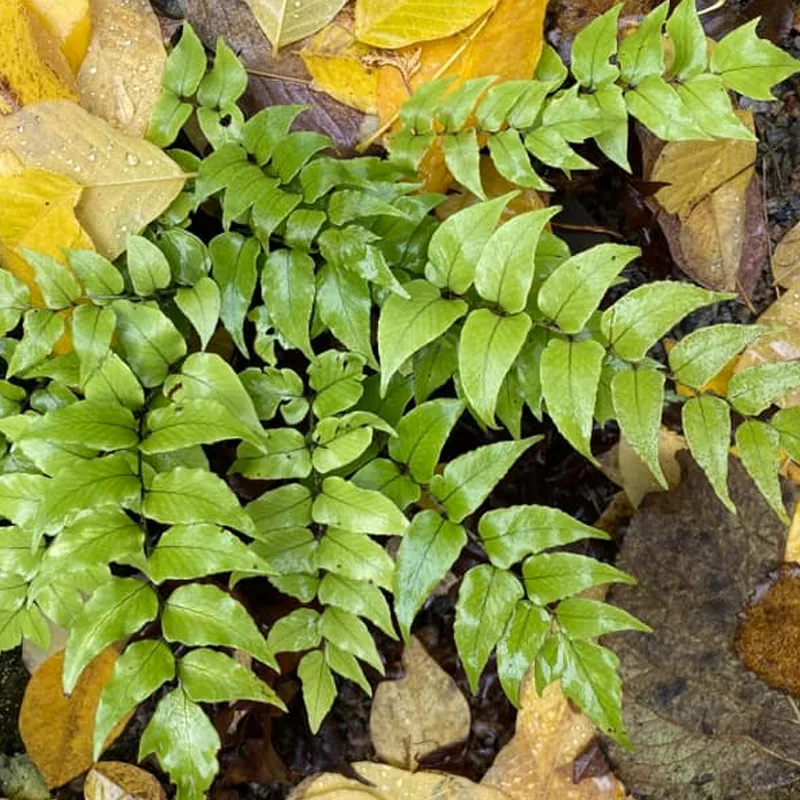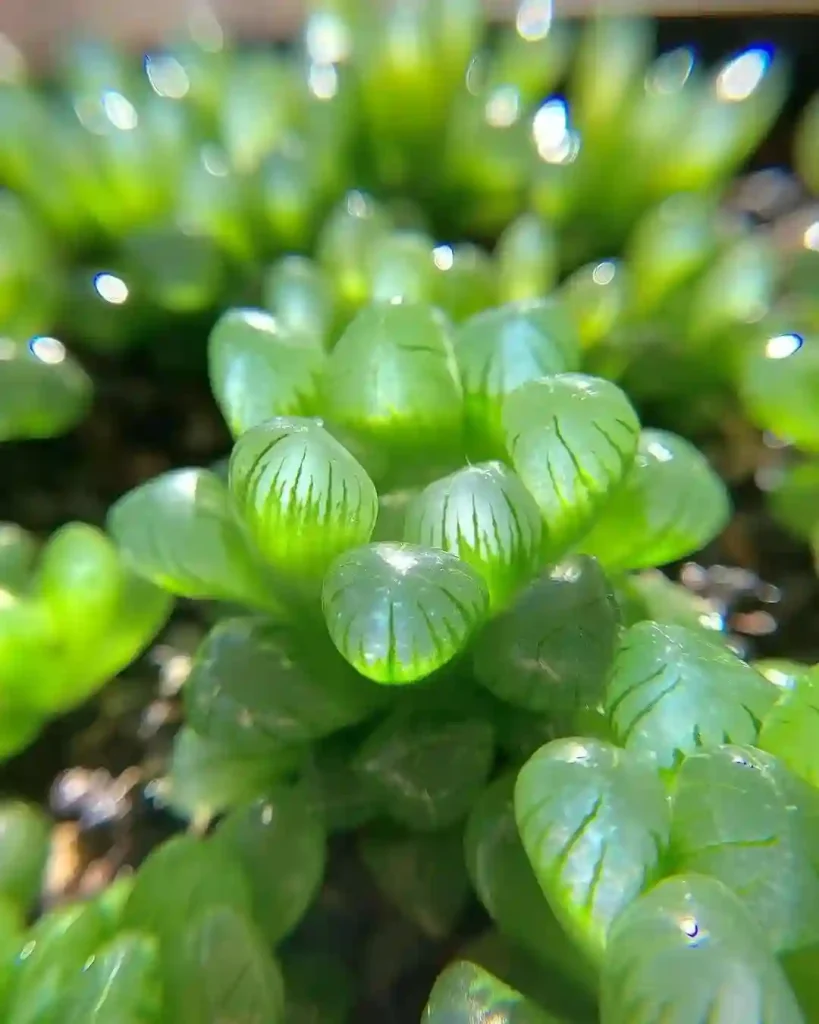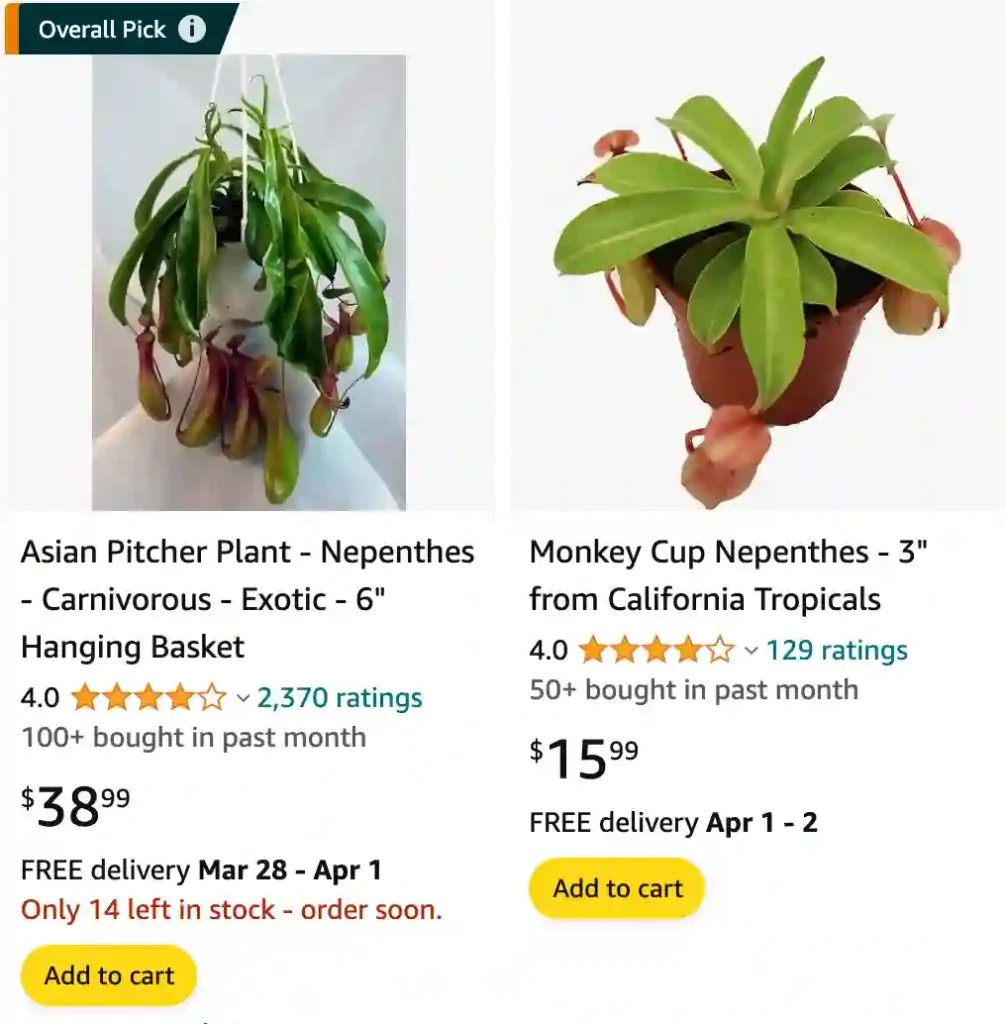
Nepenthes Ramispina: A Carnivorous Allure
Hello, fellow plant enthusiasts! I’m Ferb Vu, and today we’re diving into the captivating world of the Nepenthes Ramispina pitcher plant. This stunning carnivorous plant boasts not only a unique trapping mechanism but also unparalleled beauty.
Plant Family: Nepenthaceae – 207 Species in Genus Nepenthes
How to care for Nepenthes Ramispina?
Light and Location: Mimicking the Mountain Mist
Nepenthes Ramispina thrives in bright, indirect sunlight. Imagine its natural habitat – the cool, misty highlands of Borneo. Think dappled light filtering through a forest canopy. South-facing windows are ideal, but ensure some protection from the harsh afternoon sun. Terrariums, with their controlled environment, are another excellent option.
Temperature and Humidity: A Tropical Paradise
Nepenthes Ramispina craves a warm and humid environment. Aim for daytime temperatures between 70-85°F (21-29°C) and nighttime temperatures dropping no lower than 55°F (13°C). Humidity is paramount. Ideally, keep it consistently above 70%. Consider a humidifier, pebble tray, or terrarium to achieve this.
Watering: Rain or Distilled, Never Tap
Watering your Nepenthes Ramispina requires a delicate balance. The potting medium should be consistently moist, but not soggy. Use distilled water, rainwater, or reverse osmosis water to avoid mineral build-up, which can harm the plant. I recommend deep watering until excess water drains from the pot’s bottom.
Here’s a tip: gauge watering needs by the weight of the pot. When it feels light, it’s watering time.
Feeding Frenzy: A Deceptive Delicacy
While the Nepenthes Ramispina is carnivorous, don’t expect it to devour insects whole. Its strategy is more subtle. The plant’s pitchers, those mesmerizing tubes, lure prey with a combination of color, scent, and nectar. Once an insect ventures inside, downward-pointing hairs and a slippery surface prevent escape. Digestive enzymes then break down the hapless victim, providing the plant with essential nutrients.
Feeding isn’t mandatory, but it can accelerate growth and pitcher production. If you choose to “feed” your Nepenthes Ramispina, occasional offerings of bloodworms, fruit flies, or even small mealworms will suffice.
Soil and Potting: A Well-Draining Sanctuary
For Nepenthes Ramispina, proper drainage is crucial. Use a well-draining, airy potting mix specifically designed for carnivorous plants. A common recipe includes equal parts sphagnum moss, perlite, and orchid bark. Plastic pots with drainage holes are ideal.
My Nepenthes Ramispina isn’t producing pitchers. What gives?
Several factors can influence pitcher production. Insufficient light, low humidity, or cool temperatures are common culprits. Ensure your plant meets its environmental needs. Patience is also key; young plants might take some time to mature and produce pitchers.
The leaves on my Nepenthes Ramispina are turning brown. Help!
Brown leaves can indicate several issues. Check for underwatering, excessive fertilizer use, or mineral build-up from tap water. Ensure proper watering techniques and use distilled or rainwater.
Can I grow Nepenthes Ramispina alongside Venus Flytraps?
Answer: While both are captivating carnivores, their needs differ. Nepenthes Ramispina prefers warm, humid conditions, while Venus Flytraps favor cooler, more temperate environments. Grouping them might not be ideal.
Nepenthes Ramispina vs. Nepenthes Ventricosa: A Tale of Two Pitchers
Nepenthes Ventricosa, another popular carnivorous plant, is often compared to Nepenthes Ramispina. Here’s a quick breakdown:
- Nepenthes Ramispina: Boasts elegant, elongated pitchers with a constricted waist and a milky green interior. Generally considered slower-growing.
- Nepenthes Ventricosa: Produces rounded, bulbous pitchers in a wider variety of colors. Often regarded as a faster-growing and more readily available option.
Ultimately, the choice depends on your personal preference and the growing conditions you can provide.
Conclusion: The Allure of the Pitcher Plant
The Nepenthes Ramispina is a captivating carnivorous plant that combines beauty with a fascinating trapping mechanism. With proper care and attention, you can cultivate this tropical wonder in your own home. Remember, patience, the right environment, and a dash of understanding will ensure your Nepenthes Ramispina thrives for years to come.
If i die, water my plants!
